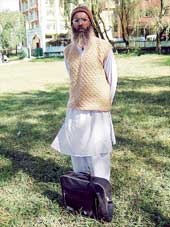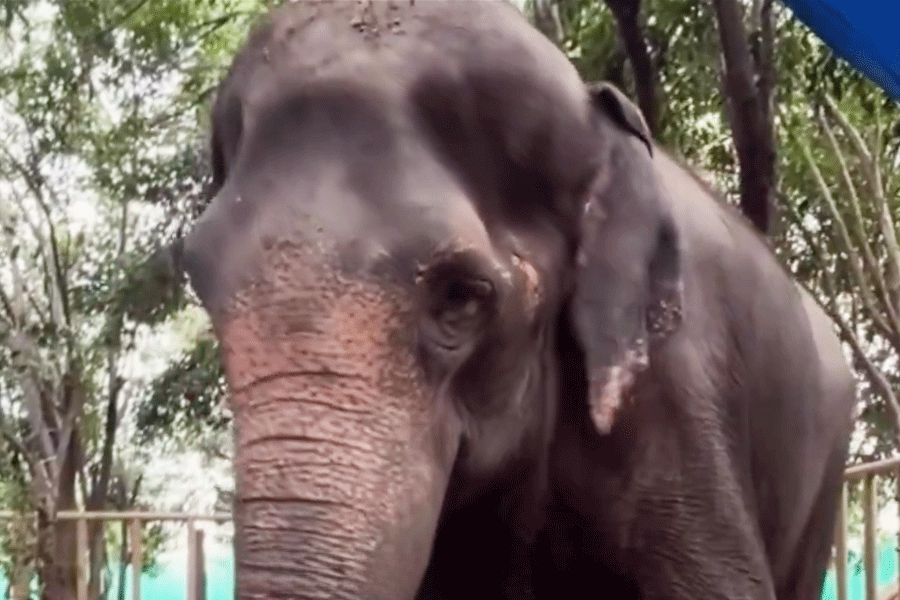 |
Look closely at the picture, you have seen this ?weed? with its non-descript white flowers several times before. They are everywhere on the streets, near the canals, sometimes alarmingly close to the sewerage.
The plant is none other than the fabled bhringaraj, a herb that holds a special mention in the Hindu shastras. Otherwise known as the Eclipta alba,or the Elicta Erecta ? diffused or erect standing between three to 12 inches ? bhringaraj or bhangra is used as a nervine, tonic, laxative, is believed to be atipyretic and it is hemostatic.
Some of us have had close encounters with it as a child, when its paste was applied on the hair to make it grow. Did it work? No one really knows. But Indians have a great faith in the herb that is believed to obstruct aging, prevent hair from falling and rejuvenating teeth, bones, memory, sight and hearing, and it is even believed that it improves the complexion. These much-branched weeds are found at moist places, especially near sewerage all over Jharkhand.
The plant is well-identified by a thick cluster of roots at lower nods and small white flowers. It bears flowers almost round the year, but more frequently during August to February. It is called piri kesari in Mundari and bhengraj in Oraon. To make the ever popular bhringaraj tel mothers have always used bhringaraj boiled in coconut oil. For the less adventurous, there were ready bottles available at the nearby stores.
Herbal medicines is the use of herbs for their therapeutic or medicinal value. it is the oldest form of healthcare known to man. Much of medicinal use of plants seems to have developed through observations of wild animals through trial and error. As time went on each indigenous group added the medicinal power of herbs in their area to their knowledge base.
Thus each area, indigenous healers will have specific uses of each herb. According to Chandra Mohan Mahto, a village practitioner in Madhukama, the juice of bhringaraj is anti-inflammatory and has proved to be an effective cure against the sting of bees and wasps. The juice can be used as first-aid against scorpion bites, too. The application of the paste mashed in til or Sesame oil is believed to reduce the swelling of Elephantitis, he adds. Leaf paste is applied on wounds as an antibiotic.
Ayurveda research has supported the finding that its juice has the potential to kill bacteria therefore in chronic fever the leaf?s paste with milk is considered to be remedial.
It is also believed to be a liver tonic and with an ability to cure spleen enlargement. For jaundice patients the juice (about 10 ml) with sugar is believed to be an effective cure. In cases of severe cough the juice with honey is used as an expectorant.
Bhringaraj paste is used in seasonal skin rashes. Dry powder of bhringaraj with harreh or terminalia chebula provides quick relief from stomach problems like indigestion. Many chew its bitter leaves to get relief from mouth ulcers.
The World Health Organisation (WHO) estimates that 4 billion people that is nearly 80 percent of the world presently use herbal medicine. Many drugs that are commonly used are of herbal origin. Medicines that are prescribed in US are of herbal origin. Herbs have been used by cultures throughout history.
Of late, however, there have been controversies regarding herbal medicine and ayurveda. But whatever may be the verdict, for some purists these green alternatives are the best option to a cure. Thus bhringaraj ? its roots, leaves and the whole plant will be used by some for years to come.
Sudhanshu & Bandana P.P.K. College, Ranchi











